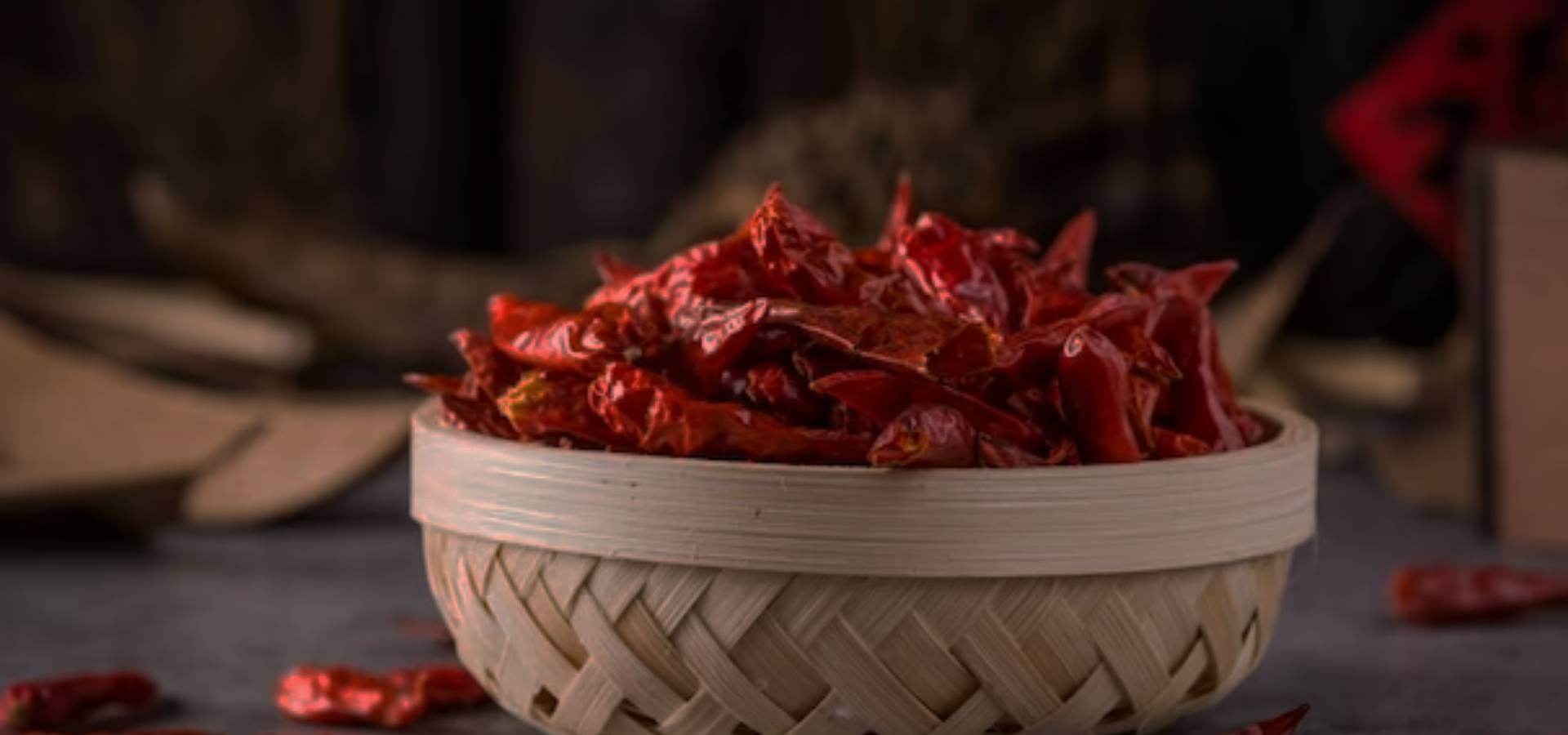The Spice Route: India’s Dry Chili Export
The dry red chili, an indispensable ingredient in cuisines across the globe, is not merely a spice but an emblem of cultural heritage, culinary diversity, and economic significance. With its fiery flavor and vibrant color, the dry red chili stands tall as one of the most sought-after spices in international markets. In this article, we delve into the nuances of dry red chili production, its quality factors, the pivotal role of India in its export, and the scientific underpinnings behind its cultivation.
Understanding Dry Red Chili
Dry red chili, scientifically known as Capsicum annuum, is a fruit of the chili pepper plant. Originating from Central and South America, chilies have traversed continents, becoming integral components of cuisines worldwide. India, particularly, has a rich history of chili cultivation dating back to ancient times, fostering a diverse range of chili varieties.
Quality Parameters of Dry Red Chili
The quality of dry red chili is determined by several factors, including color, pungency, moisture content, and freedom from contaminants. The vibrant red hue of chili signifies its ripeness and quality. The pungency, primarily attributed to the presence of capsaicin, varies across chili varieties and plays a crucial role in determining its culinary and commercial value. Additionally, low moisture content ensures better shelf life and prevents microbial growth, thereby preserving the chili’s quality during storage and transportation.
Dry Red Chili Export
India stands as a leading producer and exporter of dry red chili, wielding significant influence in the global spice market. The country’s conducive agro-climatic conditions, coupled with centuries-old expertise in chili cultivation, contribute to its dominance in chili production. States like Andhra Pradesh, Telangana, Karnataka, and Tamil Nadu emerge as key chili-producing regions, each boasting distinctive chili varieties renowned for their flavor and aroma.
Scientific Insights into Chili Cultivation
The success of chili cultivation hinges upon various scientific factors, including soil quality, temperature, rainfall patterns, and pest management practices. India’s diverse topography and climate offer a conducive environment for chili cultivation. Warm and humid conditions, coupled with well-drained soils, foster optimal chili growth. Furthermore, advancements in agricultural research have led to the development of high-yielding chili varieties, resistant to diseases and pests, thereby enhancing productivity and quality.
Popular Red Chili Varieties in India
India boasts a kaleidoscope of chili varieties, each contributing its unique flavor profile to the culinary tapestry. Some of the popular red chili varieties include:
- Byadgi Chili: Hailing from Karnataka, Byadgi chili is known for its deep red color and mild to moderate pungency. It is widely used in the preparation of traditional South Indian dishes like sambhar and rasam.
- Guntur Sannam: Originating from Andhra Pradesh, Guntur Sannam chili is esteemed for its fiery heat and bold flavor. It finds extensive usage in pickles, curries, and spice blends.
- Teja Chili: Named after its resemblance to a bullet, Teja chili is celebrated for its intense heat and bright red color. It is predominantly cultivated in Andhra Pradesh and Telangana, catering to both domestic and international markets.
- Kashmiri Chili: Renowned for its vibrant red color and mild heat, Kashmiri chili adds a rich hue and subtle spiciness to dishes. It is predominantly cultivated in the picturesque Kashmir Valley, thriving in its cool climate.
The dry red chili stands as an emblem of India’s rich agricultural heritage, culinary prowess, and global trade prowess. With its myriad varieties, each offering a distinct flavor profile, the dry red chili continues to captivate palates worldwide. India’s pivotal role in chili cultivation and export underscores its significance as a powerhouse in the global spice trade. As we savor the fiery essence of dry red chili in our culinary endeavors, let us acknowledge its profound impact on culture, commerce, and cuisine.





